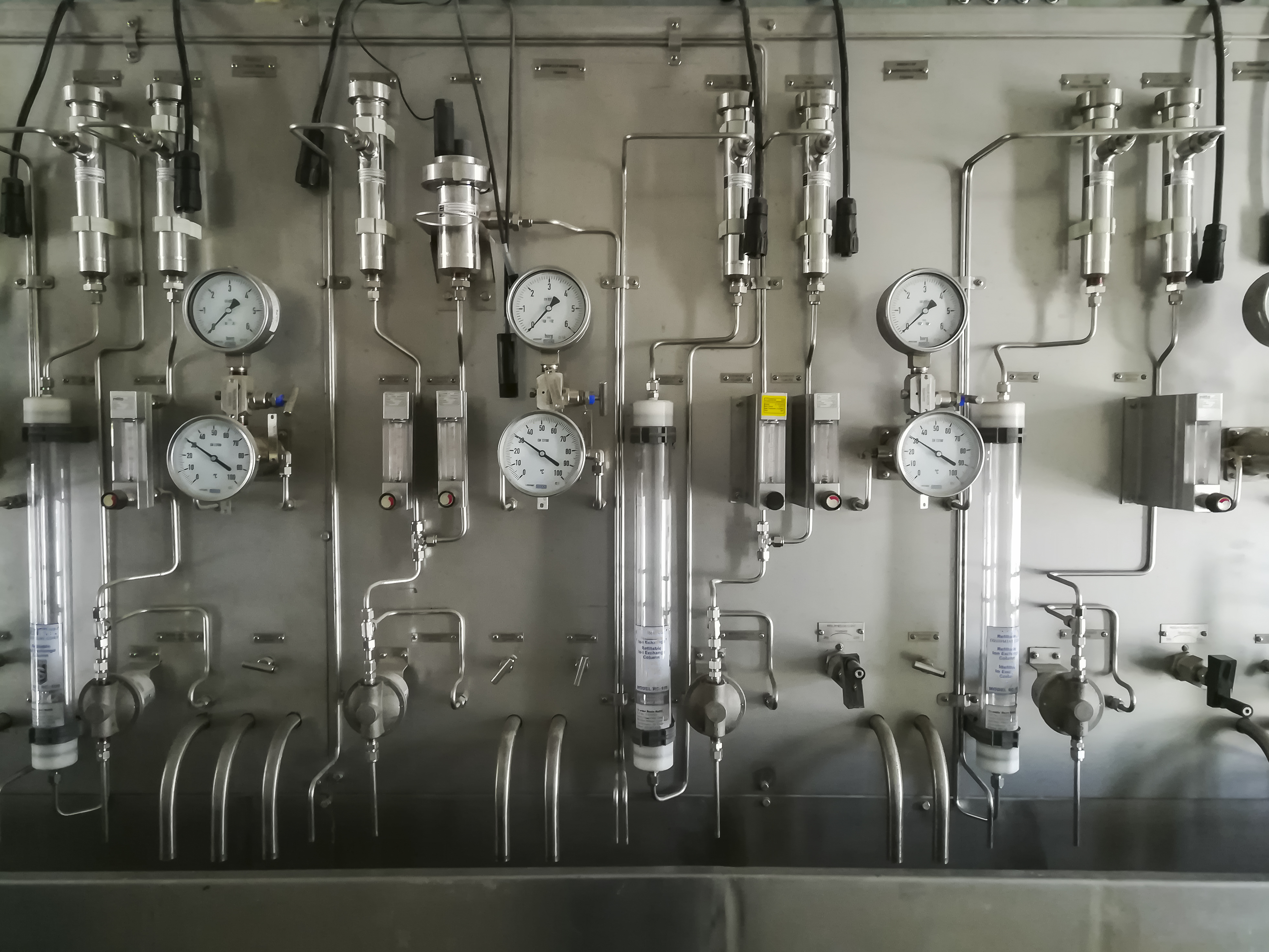If you counted the number of cars on a stretch of road every morning at the same time, and found that the number of cars was the same every day, would you draw the conclusion that none of the cars are moving? Probably not. Yet that is exactly what we do when we make inferences about the health of a process by only looking at the process’ inventory over time. To understand how well a process is functioning, we must consider all three legs of the process measurement stool; Average Inventory, Throughput Rate and Cost. The goal is always to increase throughput while decreasing inventory and cost.
I often see people make the mistake of looking at month over month counts of process inventory (e.g. number of in process work orders, expense reports, recruiting orders, sales orders etc.) and drawing conclusion from the change in count. To carry forward the traffic analogy, in order to understand the flow efficiency, we need to know how many cars are entering and exiting the stretch of road and an average time between entry and exit. These additional measures paint a picture of the flow of traffic (throughput) not just a static snap shot.
To really understand the efficiency of this stretch of road, there is one more measure to consider; Cost. Capturing the cost to maintain the road now gets at the heart of the matter; the cost to move a car from one end of the road to the other.
With these three measures now in place, we can watch this stretch of road for variation in performance. Significant changes in any of these three measures triggers research to determine cause. Consider this scenario:
Number of cars on the road (inventory) decreases, and number of cars exiting the road (throughput) decreases and the maintenance costs increase – While a decrease in inventory is good, it comes at the expense of decreased throughput and increased cost. After investigating the cause of these changes, we find that significant roadwork is being performed to build an additional lane. This work closed one of the three existing lanes. The lane closure reduced the capacity of the road meaning fewer cars can be on the road at any one time. The reduced capacity also meant that cars were closer together and drivers were reducing their speed which compounded to result in a significant reduction in the number of cars exiting the road. The work being performed was increasing the current costs, and, because there would now be another lane to maintain, increased the future maintenance costs as well.
Can you think of similar lane closures in your business processes? What about when a key team member resigns? Or the disruption caused by a change to a new tool or process. What about organizational changes? These are examples of temporary lane closures that impact business process health. Armed with the right measures of Average Inventory, Throughput Rate and Cost, you have an early warning system that will alert you to problems sooner and improve your ability to assess the impact of changes on the overall health of your processes.
See also Three Process Metrics that Matter and Theory of Constraints

